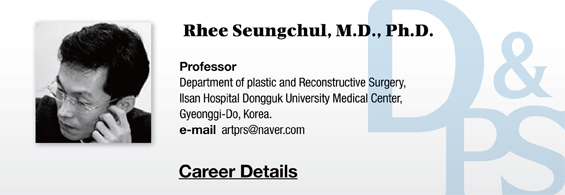
Looking back to the ancienthistory of aesthetics, very early socio-philosophical definitions of beauty can be found in Socrates’ discovery of eurhythmy. In a conversation with Pistias, an armorer, Socrates discussed objective beauty which is different from subjective beauty (Xenophon, Commentarii III 10, 10).
When asked “what is beautiful armor?” by Socrates, Pistias answers “Beautiful armor fits the person wearing it and is in good proportion.” Socrates then asks “Then, how can you make beautiful armor for someone whose body is not in proportion?” and Pistias answered “In that case, the armor should be made to fit the body” Pistias explained that “armor that is beautiful by itself is different from an armor that fits well.”
In this anecdote, Socrates discusses the dual properties of beauty. He found there are two types of good proportions, or beauty; proportions that are beautiful in themselves (Eurhythmonkatheauton) and proportions that are beautiful or suitable for a particular person or purpose (Eurhythmon pros ton chromenon)”.

Image 2. What is considered an attractive face is not fixed but changes due to various factors.
This distinction is very meaningful. It is very difficult to satisfy both types of beauty and aesthetic surgeons tend to choose what is best for beauty itself over what is suitable for a particular patient. As in the eurhythmy anecdote, there is a clear distinction between armor that has beautiful proportions and armor that fits the wearer beautifully. Many people make the mistake of applying uniform standards to assess their own face without considering the overall balance. An aesthetic surgeon who applies such fixed, commonly held standards in all his patients without considering their individual uniqueness, can be compared to an armorer forcing a well-made, one-size armor to everyone regardless of their individual differences. Both doctors and patients may hold wrong aesthetic notions because they were misled by mass media.
[Advertisement] MAGNUM(Q-switched Nd:YAG Laser) – Manufacturer: (www.i-dana.com)]
Many surgeons also give in to the patient’s distorted demands. Such practices led to a large number of women and men who are so-called “medical twins” or who look like doppelgangers. In other words, there are now too many people who are wearing the same armor even if it does not fit them. An aesthetic surgeon should be able to recognize overblown or misguided expectations and guide the public away from one-size-fits-all notions of beauty. If they fail to do so, aesthetic surgeons will continue to produce a distorted new human race which can be called homoplasticus. It is about time that we reassess antiquated notions of beauty and pursue more evolved aesthetics.
In the following articles of this series, we will examine traditional notions of an attractive face including thegolden ratio, facial third theory, equal third theory, equal vertical fifth theory, quarter theory, Vitruvian thirds theory, and Goode’s theory. We will evaluate whether they are still relevant today and explore the modernaesthetic ideals of the face.
-To be continued




















